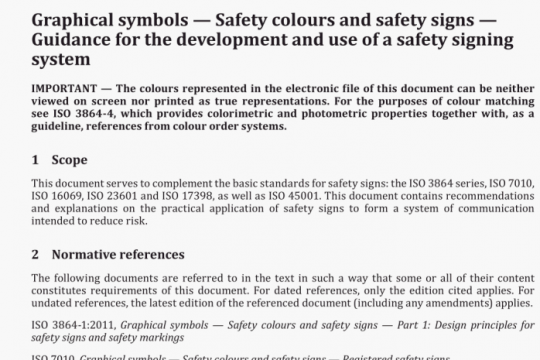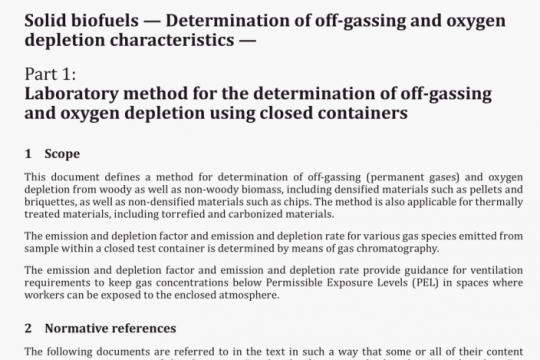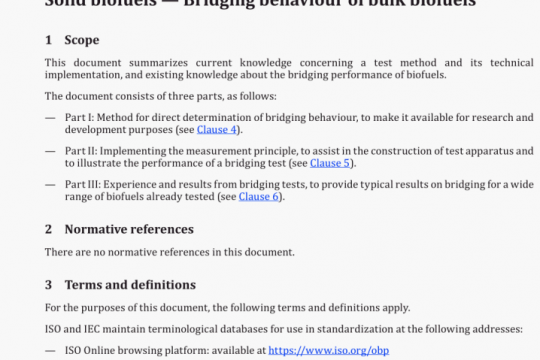ISO 19626-1 pdf free download
ISO 19626-1-2020 pdf free download.Processes, data elements and documents in commerce, industry and administration一Trusted communication platforms for electronic d ocuments – Part 1: Fundamentals.
Figure 1 shows the trusted communication can be legally admitted by providing trusted communication evidence (TCE) which is composed of the non-deniable evicence of its origin and delivery. First, non- repudiation of origin (NRO) is the proof of the fact that all identies of communication originator and recipient(s) are authenticated/authorized in order to deliver e-documents (including originator’s intention) in distributed environment. Non-repudiation of delivery (NRD) is evidence that the e-documents have been completely delivered from the originator to the addressee in the end-to- end communication. On the other hand, communication participants (or entities) includes machines as well as people like in Figure 1. In this regard, this document provides the TCP to ensure trusted communication and respond to any legal disputes and new technology changes.
4.2 Legal considerations
4.2.1 General
A communication is transmitted from the originator to the addressee. However, in the case of electronic communication, it delivers the electronic documents from the originator to the addressee and is executed in electronic transaction by the intermediary. This electronic transaction is a basic function in a business system which is either of simple type (such as e-mail systems) or complex type (many kinds of business systems or ED! including negotiation of contract, international transaction or e-government related works and so on).
However, there is a gap between electronic communication and legal definition. The term communicationN is defined by LJNCITRAL as “any statement, declaration, demand, notice or request, including an offer and the acceptance of an offer, that the parties are required to make or choose to make in connection with the formation or performance of a contract”, whereas electronic communication” is referred to as only ‘its electronic means’. The legal group ascertains the factual existence and the content of communication between the parties in the context of formation of a contract. On the other hand, the technical group views actions of transmitting or receiving messages as proofs for transmission transactions. For example, ISO 8583-1 and ISO 20022-6 define electronic transaction as “an action of sending or receiving messages via an information communication network”.
This definitional gap causes disagreement about dematerialization. It means that even technically successful e-document cannot be easily admitted as a legal source about that transaction after passing a long term. The reason is that the electronic document has weak property to prove an original source through the successful communication. In order to remove this gap, electronic communication needs to provide its evidence which can be approved at legal aspects.
Therefore, this document sets up the requirements for the evidence of communication which shall be able to be approved at legal aspects. The following three requirements shall be met to fulfil trusted communication from legal aspects;
— the certainty of commLlnication — whether an electronic communication is factually and certainly executed from/to communication partners;
— the completeness of communication — whether an electronic communication is successfully and completely executed by the intermediaries;
— the confidentiality of communication — whether an electronic communication is securely and confidentially executed from end to end.
These requirements provide a necessary and sufficient condition for fulfilling trusted communication. Herewith an evidence for meeting these requirements can be useful to provide legal admissibility.
4.2.2 Certainty of communication
In order to guaranttee the certainty of communication at legal aspects, its evidence can be duly approved that the communication parties and their business context are factual. To accomplish this, electronic communication methods shall be reliable and appropriate for the purpose for which the electronic communication was generated, or shall be proven to have fulfilled the function of identity and intention, either independently or together with other evidences. Therefore, trusted communication can include the following requirements for legal admissibility.
(1) Certainty about communication parties
In the case of non-face to face communication, it is important to confirm that communication parties are the very same persons and their communication contents have the very same own intentions in the communication context. In order to guarantee the certainty of communication parties, the evidence shall be able to capture the information of their authenticated identities like the following:
— Communication parties should be identifiable and authenticable that they shall be the right persons and their access should be authorized.
These methods or technologies are various for guaranteeing the certainty of communication parties. However, for a trusted communication, the authentication technology shall be recommended to use the same one or the mutually recognized one.
(2) Certainty about time and place
Trusted communication should be able to verify the fact of having been executed like the following:
— time of dispatch (leaving): time at which the sender has sent a message;
Time information shall be adjusted and synchronized to the UTC (coordinated universal time) for protecting probable dispute about transmission.
— time of receipt: time at which the recipient has received the message;
In case of communication transfer error (that is, the communication message is in a state of being left in an electronic communication system, not having been sent to the destination), time of receipt shall be considered acceptable.ISO 19626-1 pdf download.




